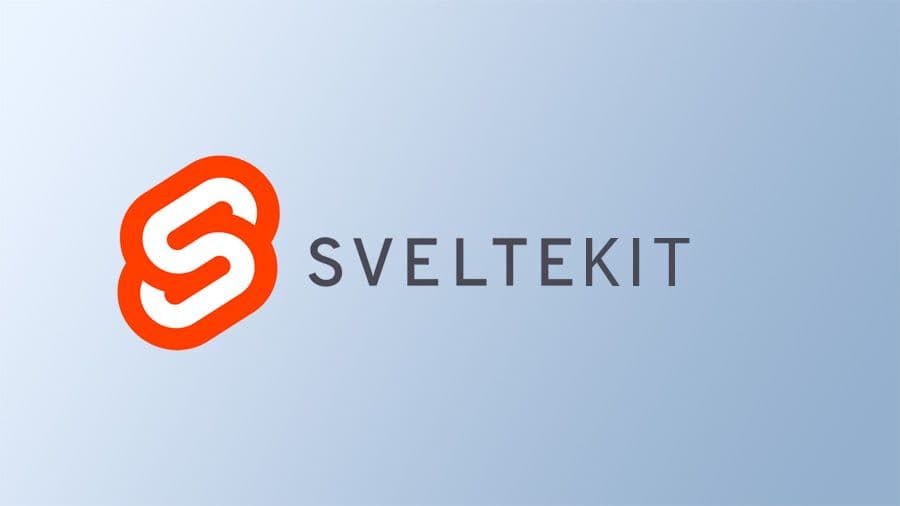Framez - BlogUnveiling Next.js 14: A Quantum Leap in Web Development

In the ever-evolving landscape of web development, staying at the forefront of technological
advancements is crucial. Enter Next.js 14, the latest iteration of the widely acclaimed React framework.
Packed with cutting-edge features and improvements, Next.js 14 is poised to redefine the way developers
approach building web applications. Let's delve into the key highlights and game-changing aspects that
make this version a must-explore for every web developer.
Incremental Static Regeneration (ISR): A Performance Boost Like Never Before
Faster Builds with Builder Improvements
Easier API Routes with API Clustering
Improved Image Component for Optimal Performance
Zero Config Dynamic Imports: Simplifying Code Splitting
1. Incremental Static Regeneration (ISR): A Performance Boost Like Never Before
Next.js 14 introduces Incremental Static Regeneration, a revolutionary feature
that takes the concept of static site generation to new heights. ISR allows developers
to update static pages without rebuilding the entire site, significantly improving
performance and reducing the time it takes to deploy changes. This game-changing
capability ensures that your web applications remain fast and responsive, providing
an enhanced user experience.
2. Faster Builds with Builder Improvements
Building on the foundation of its predecessor,
Next.js 14 comes with substantial builder improvements.
The build times have been optimized, ensuring faster development
workflows. Developers will appreciate the efficiency gains,
allowing them to iterate more rapidly and bring their ideas
to life with minimal wait times.
3.Easier API Routes with API Clustering
API routes are a core part of Next.js, and version 14
makes working with them even more straightforward.
The introduction of API clustering streamlines the process ofmanaging and organizing API routes, making it easier for developers
to structure their applications and maintain clean and maintainable code.
4. Improved Image Component for Optimal Performance
Images play a crucial role in web development, and
Next.js 14 acknowledges this with an enhanced image
component. With built-in support for modern image formats
like AVIF and WebP, developers can ensure optimal image
performance, improving page load times and overall user experience.
5. Zero Config Dynamic Imports: Simplifying Code Splitting
Code splitting is a key optimization technique, and Next.js
14 simplifies it further with zero config dynamic imports.
Developers can seamlessly split their code without the need
for complex configurations, resulting in more maintainable
and efficient codebases.
Conclusion: Embracing the Future of Web Development with Next.js 14
As we embrace the era of Next.js 14, it's evident that the framework
continues to be a trailblazer in the world of web development. The combination
of Incremental Static Regeneration, faster builds, API clustering, improved image
handling, and simplified code splitting positions Next.js 14 as a powerful tool for
developers looking to create performant, scalable, and modern web applications.
Whether you're a seasoned developer or just starting your journey, exploring the
capabilities of Next.js 14 is a worthwhile endeavor. Stay ahead of the curve,
leverage the latest features, and unlock new possibilities in web development
with Next.js 14. The future of the web is here, and it's built with Next.js.
For further reference visit